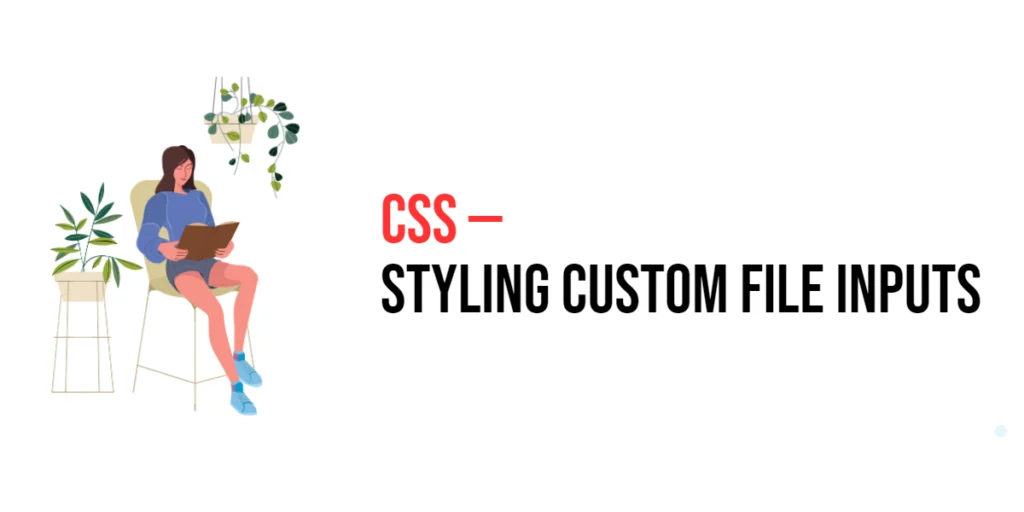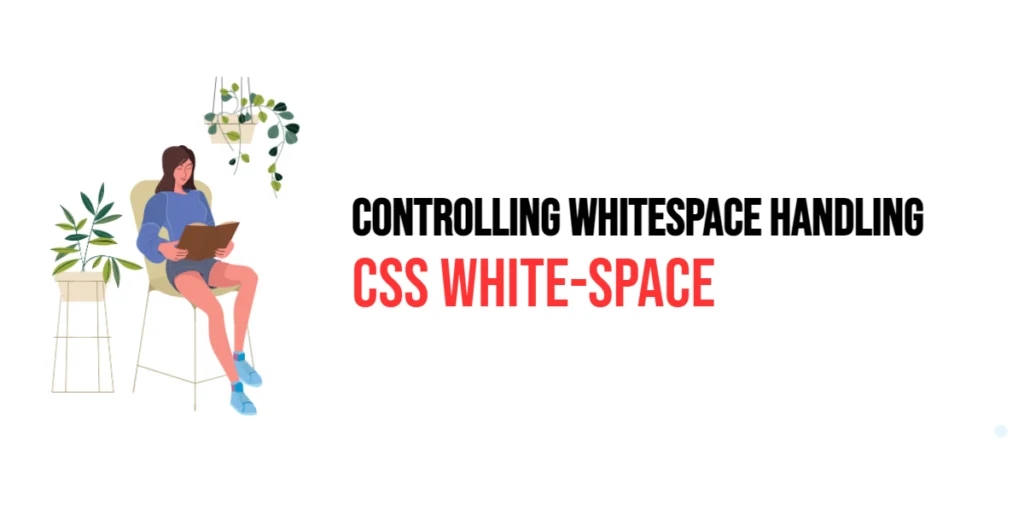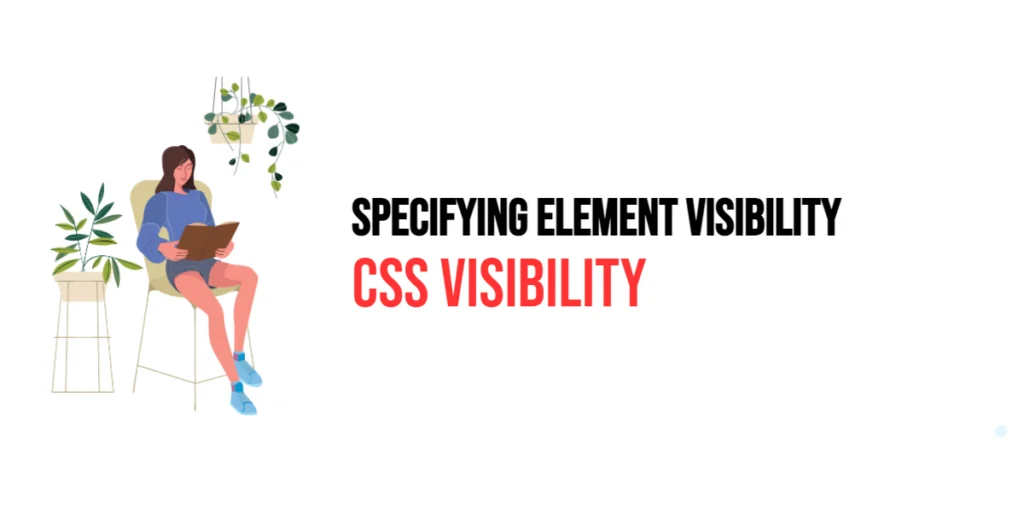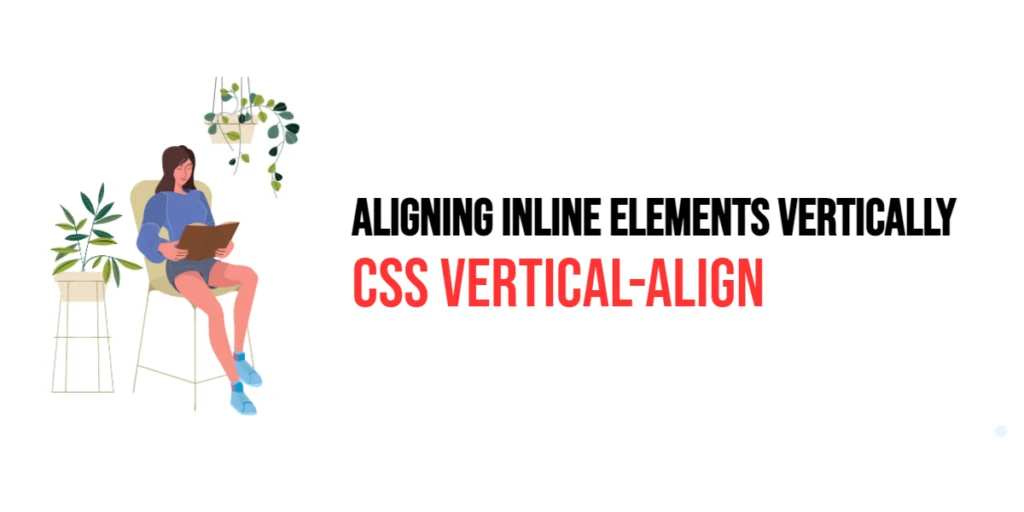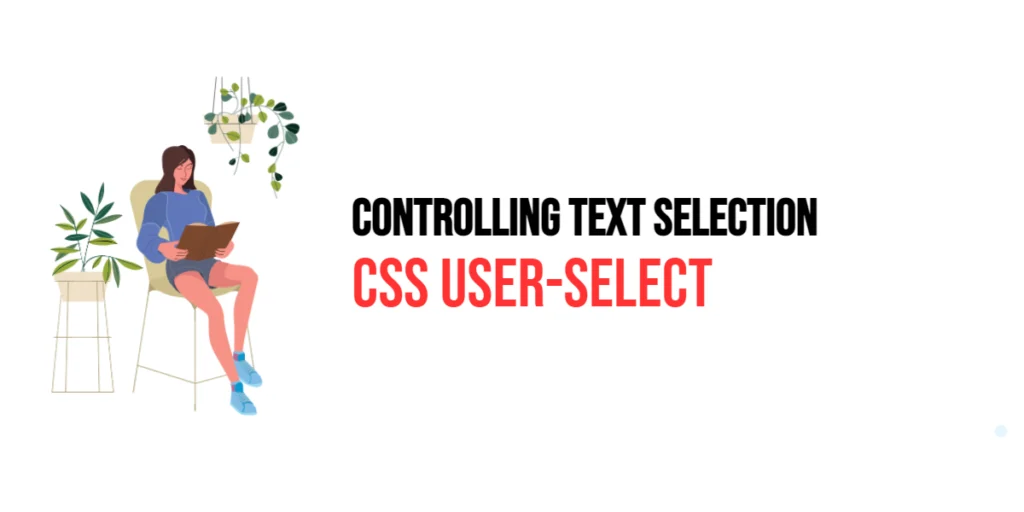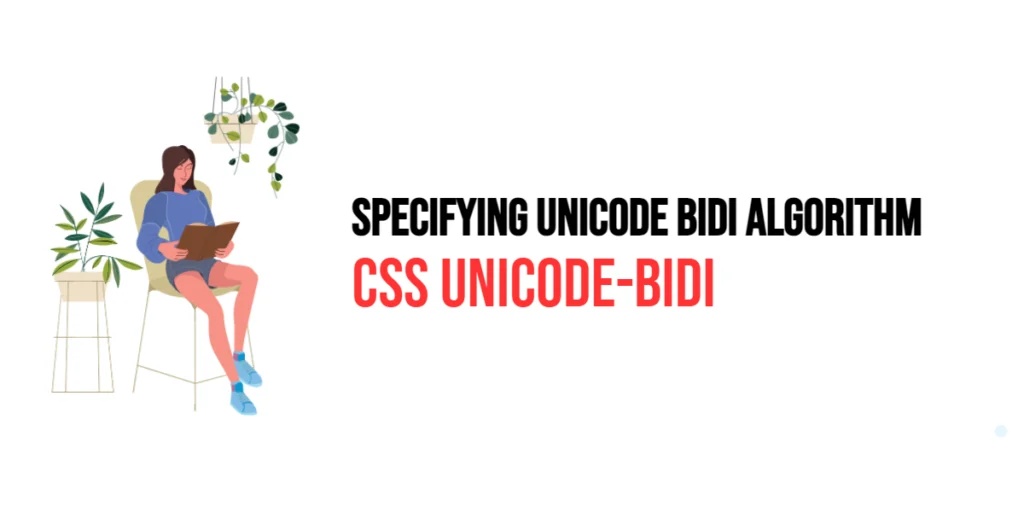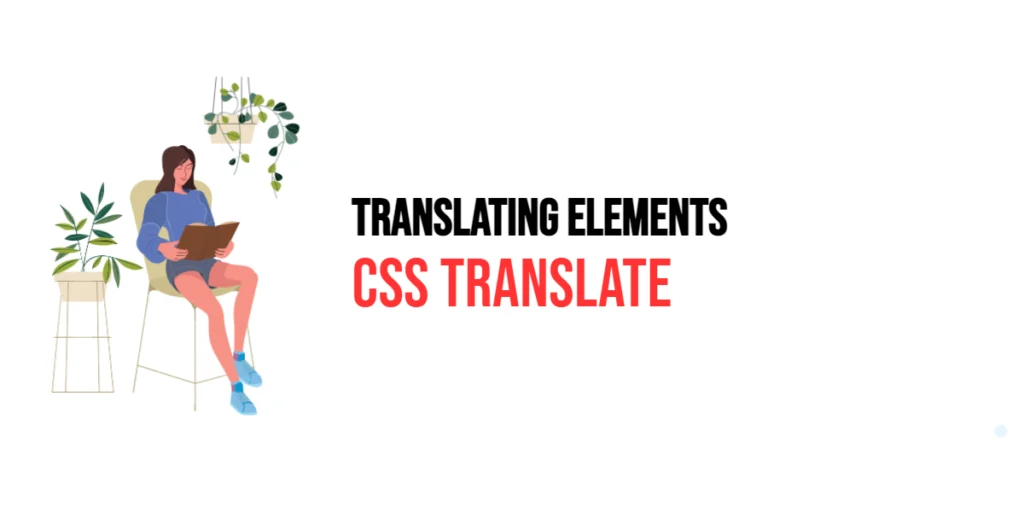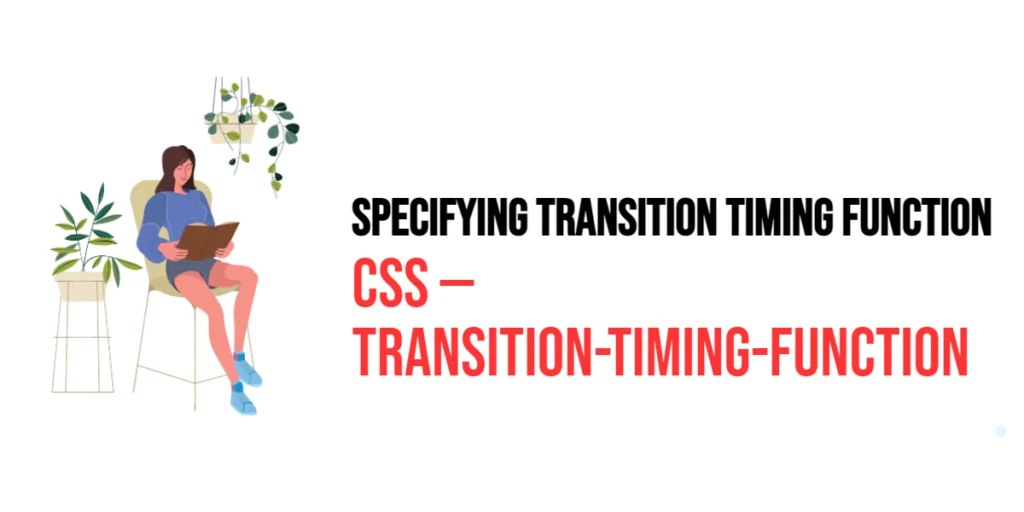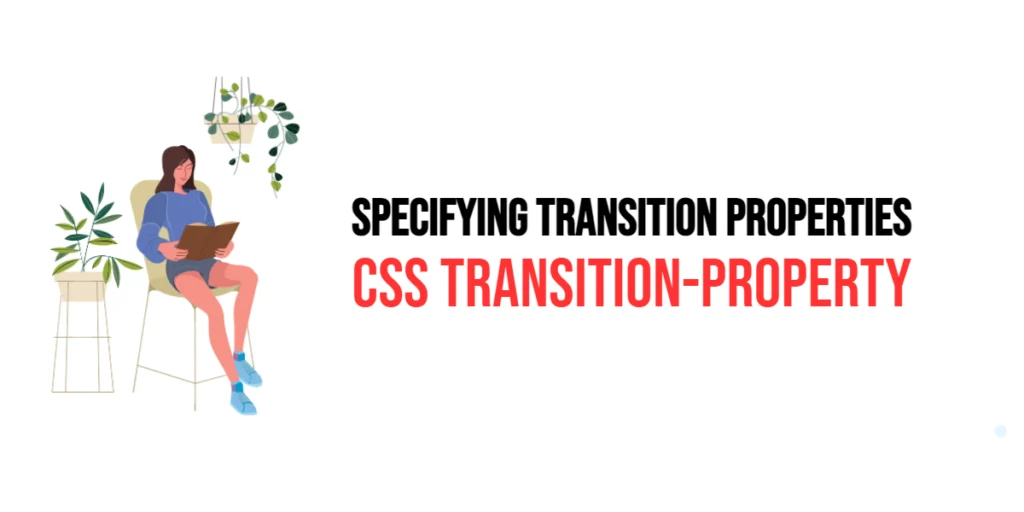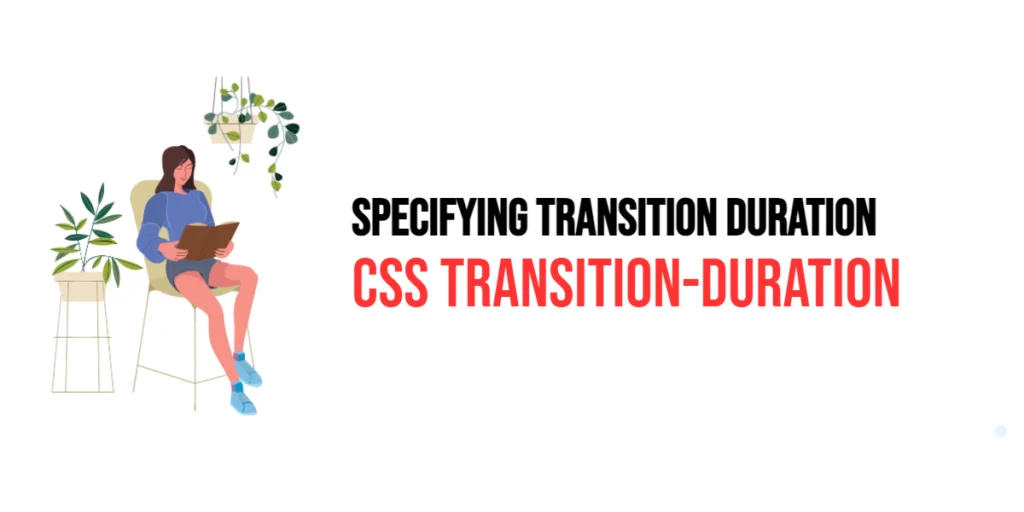CSS: Styling Custom File Inputs with CSS
Custom file inputs are an essential part of web design, allowing users to upload files in a visually appealing and user-friendly manner. The default file input provided by browsers is often bland and does not match the design aesthetics of modern web applications. By using CSS, we can create custom file inputs that enhance the […]
CSS: Styling Custom File Inputs with CSS Read More »
